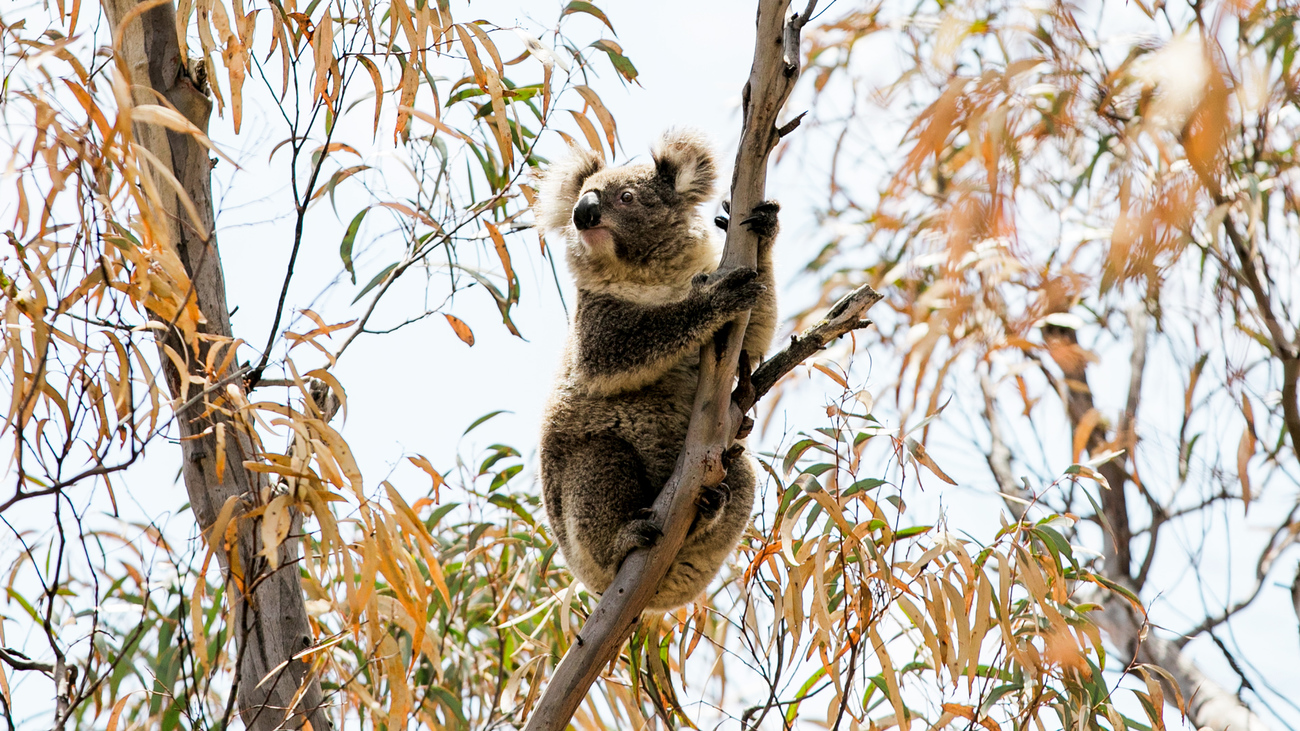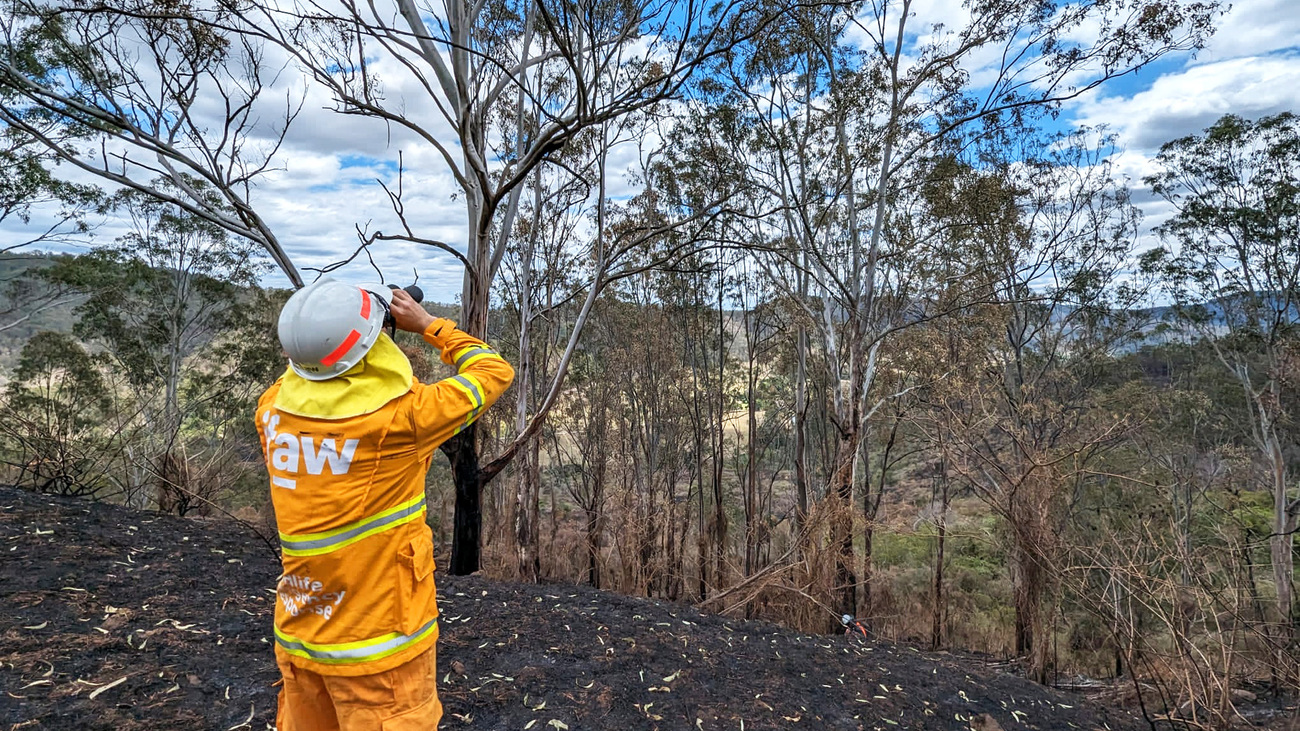Rescuing animals during bushfires - Australia
For over 30 years we’ve been on the ground helping animals affected by bushfiresHow we’re preparing for Australia’s bushfire season
How we’re preparing for Australia’s bushfire season

Australia has been experiencing increasingly extreme weather conditions and record-breaking temperatures as a result of climate change.
These soaring temperatures have created a perfect breeding ground for devastating bushfires that threaten our communities, wildlife, and natural habitats. This year, we’ve already seen early bushfires rage across parts of the continent, claiming lives, destroying homes and habitats, and impacting vulnerable wildlife.
These fires are also fueled by the hot and dry weather associated with El Niño—a weather pattern that is now underway, bringing with it the threat of severe droughts and disastrous bushfires. This comes off the back of three years of La Niña—a weather pattern that brought heavy rain and devastating floods.
This means there is a lot of vegetation growth on the ground. As it dries out and temperatures begin to rise again, it becomes the perfect fuel load for bushfires.
We know all too well the impacts of these fires—for many, the scars of the Black Summer bushfires are still raw. For our wildlife, there has barely been any time to recover.
Preparing for the next disaster
Wildlife carers are some of the most selfless people in the world, often putting an animal’s life before their own. After the 2019-20 fires, we learned that many wildlife carers and rescue groups feared having to evacuate because they didn’t have a plan for the animals in their care.
We realised how vital and potentially lifesaving it would be to create resources and conduct training sessions for wildlife carers to prepare for disasters. We created a disaster toolkit, which includes an emergency evacuation workshop in which we guide and equip wildlife groups and carers in creating their own evacuation plans.
We’ve been busy working with rescue centres and carers across the country, facilitating these free workshops and spreading the word about our disaster toolkit.
Through this work, we hope to equip the wildlife sector with the resources and skills to safely look after their own lives as well as the lives of the animals in their care during emergencies.
Bushfire preparedness and response cannot be achieved by one individual or sole group, which is why we’ve served as the conduit between wildlife rescue groups and government agencies. We’re ensuring not only that local wildlife groups are being heard at the policy-making level, but also that government policies are understood by those on the ground. By taking both a top-down and bottom-up approach, we’re building a well-coordinated emergency response plan for wildlife.
Everyone has a part to play. That’s why we’ve extended our IFAW Wildlife Rescue App to be available across the entire country.
The free app puts you in touch with the closest wildlife rescue group to help sick, injured, or displaced animals at the press of a button. This immediate, easy-to-access assistance can be a matter of life or death for an injured animal.

Ready to respond
While preparedness is key, we have also been working to bolster our response efforts to ensure we are ready to help when emergency strikes. This includes providing emergency resources to groups on the ground and conducting ‘black walks’ to search firegrounds for surviving wildlife.
IFAW x UniSC koala detection dog Bear has already deployed to firegrounds to search for any surviving koalas that are in need of rescue. During the Black Summer bushfires, Bear was our secret weapon—he found more than 100 koalas in the charred landscape that needed our help.
Climate change: the new norm
For several years, Australia has been experiencing the relentless impacts of climate change. From drought to the catastrophic Black Summer bushfires, followed by several record-breaking floods—we have been in the firing line.
The country has become the poster child for what happens if you don’t act on climate change. Without urgent action from governments and the inclusion of disaster preparedness in emergency planning, we face the real risk more intense and frequent extreme weather events continuing to devastate our landscapes and wildlife.
We need to work together to create change and impact. This is why we’re contributing to state government plans for wildlife emergency management, and we continue to advocate for wildlife to be considered in emergency responses.
Being prepared saves lives, both animal and human, which is why we continue to work with communities to make sure we’re as ready as we can be before the next disaster strikes.
Related content
Our work can’t get done without you. Please give what you can to help animals thrive.